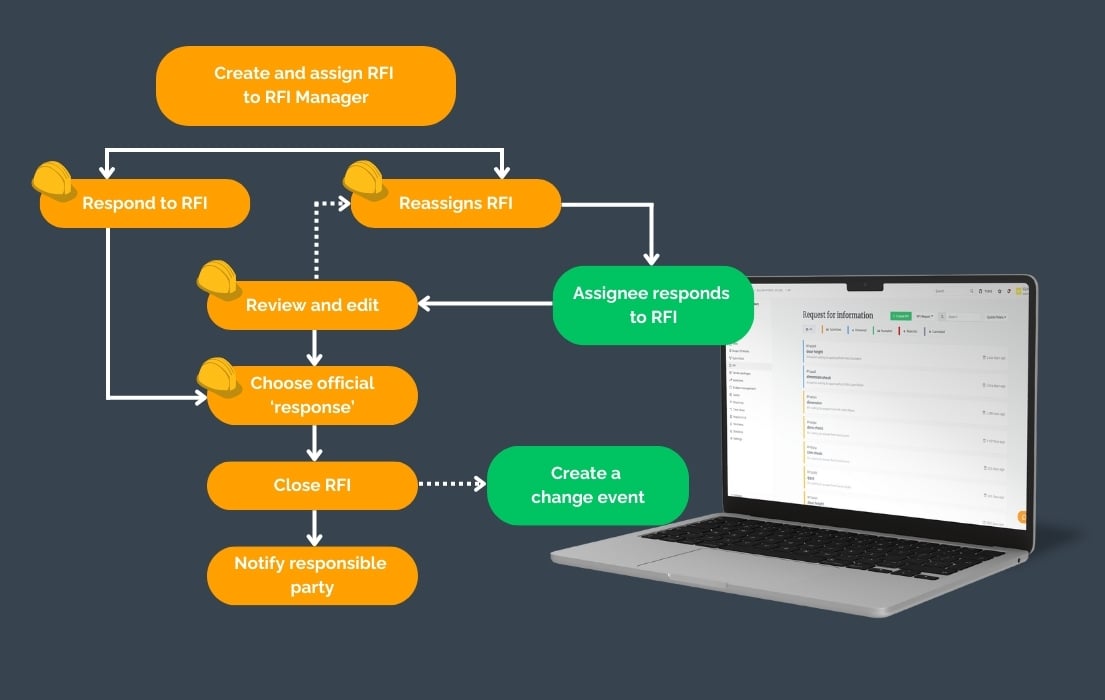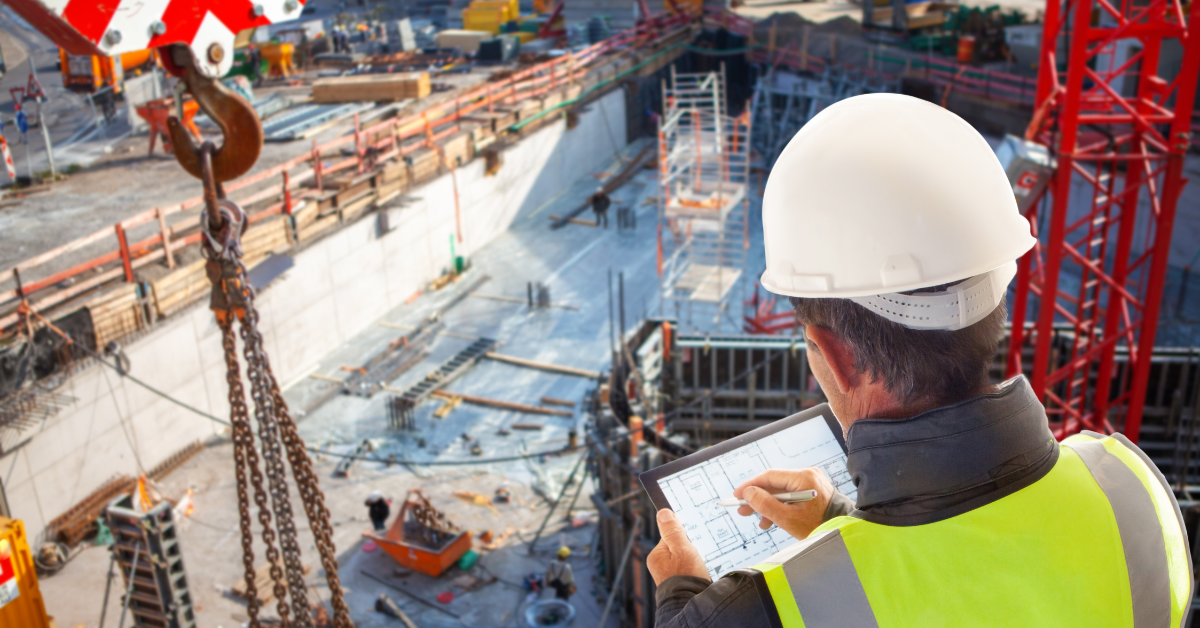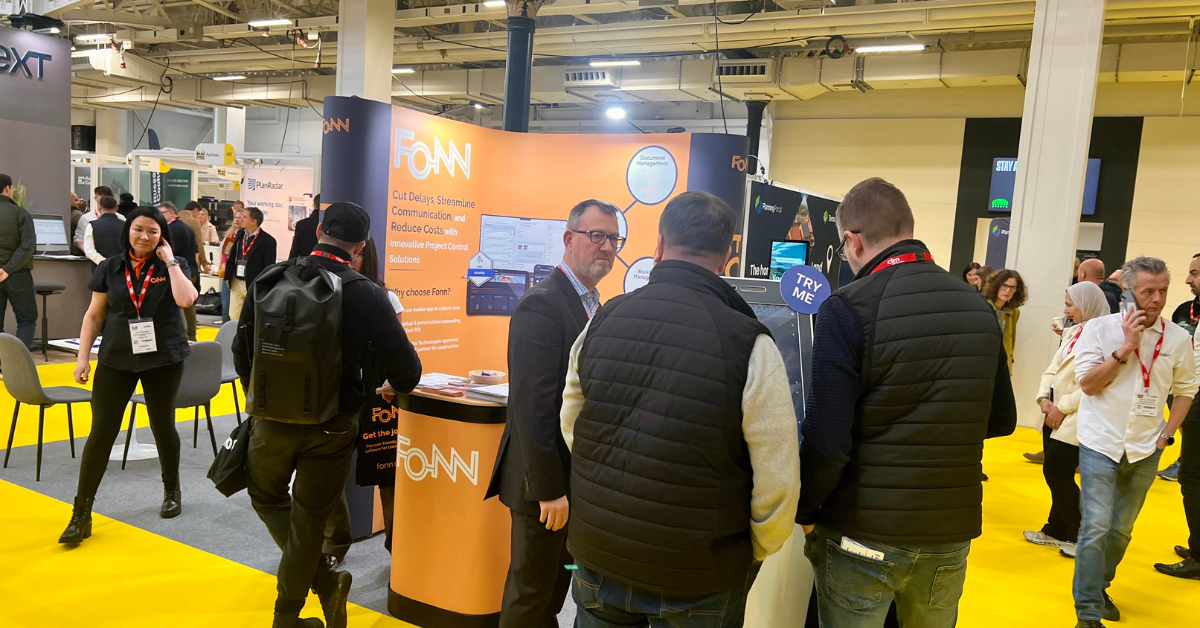An RFI (or request for information) will typically contain a query relating to a drawing or a specification; and will appear where something has been overlooked, or where more clarity is needed for a project to progress. Sometimes an RFI may ask if it is ok to use a different process or material, where there could be time or cost savings, or if a better quality material is available. For simplicity, RFIs are usually accepted or rejected.
Who uses RFIs?
An RFI raised by the main contractor that has been answered by the client, or architect, and distributed to all stakeholders, is generally accepted as a change to the scope of work, unless further approval is required for costs associated with the change.
It is common and accepted practice for a subcontractor or supplier to use an RFI to state their concern related to the omission or misapplication of a product, and seek further clarification of the building owner's intended use or their official acceptance of the specified product. It is also acceptable for the subcontractor to use an RFI to call attention to an inferior product that may not meet the building owner's needs, and use their expertise to recommend the better/correct product.
Abuse of the RFI Process and common problems
There are circumstances where the use of RFIs is abused, and simply creating paper to justify unwarranted claims, such as issuing an RFI when the information is clearly shown on the construction documents. In this case, either the person reading the drawings is working outside of the scope of their capability, or the intent is to generate paper to help support what might otherwise be an unjustifiable claim. Overuse of RFIs will delay project progress and tie up both admin and tech recourses in processing RFIs.
Without a defined RFI process in place, queries can end up being resolved over email, phone, or text message. This type of communication can quickly break down when disputes arise, as there isn't a clear audit trail to follow. The impact on projects can be huge, delaying timelines and pushing costs much higher than original estimates or budgets.
RFI Management
RFIs were for some years tracked using spreadsheets, but during the early 21st century many companies started using various construction management applications, including document management platforms, to manage RFI processes. These help construction professionals save time, reduce costs, deliver error-free projects and improve quality.
However, the amount of recourses spent to resolve an RFI is still too high, and there is a need for collaboration tools for effective sub-to-sub communication on a less formal format. The average total cost per RFI review and response is £770 (Source: www.constructionprogress.org).

Enabling site workers
Traditionally, RFIs have been completed on forms or Word documents for questions and answers, but the amount of paperwork involved does not scale well and can become impossible on larger projects. Most construction companies now use a digital RFI platform (like Fonn) to manage the process. It removes the need for Word templates, MS Office licences, multiple copies and revisions of each document. Instead it uses a cloud system to create, distribute and collect responses with minimal management.
User friendly collaboration tools must be made available on site, for all project participants to reduce administration and technical reviews, by director questions directly to the source of information, only monitored by the general contractor.
Picture annotations, easy navigation in BIM models and document references must therefore be made available on smart phones for all participants, without thresholds like high user licenses. A good digital platform takes care of reminders, due dates, audits and statutes, as well as providing detailed reports at the click of a button. If, however, you have to use Word documents or spreadsheets to track RFIs, always take the time to make sure that all members of a project are clear on the RFI process to avoid communication flow issues and potential delays.
Sources:
https://rdxtricks.com/anatomy-of-an-rfi-construction-rfi-best-practices/








